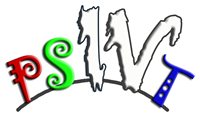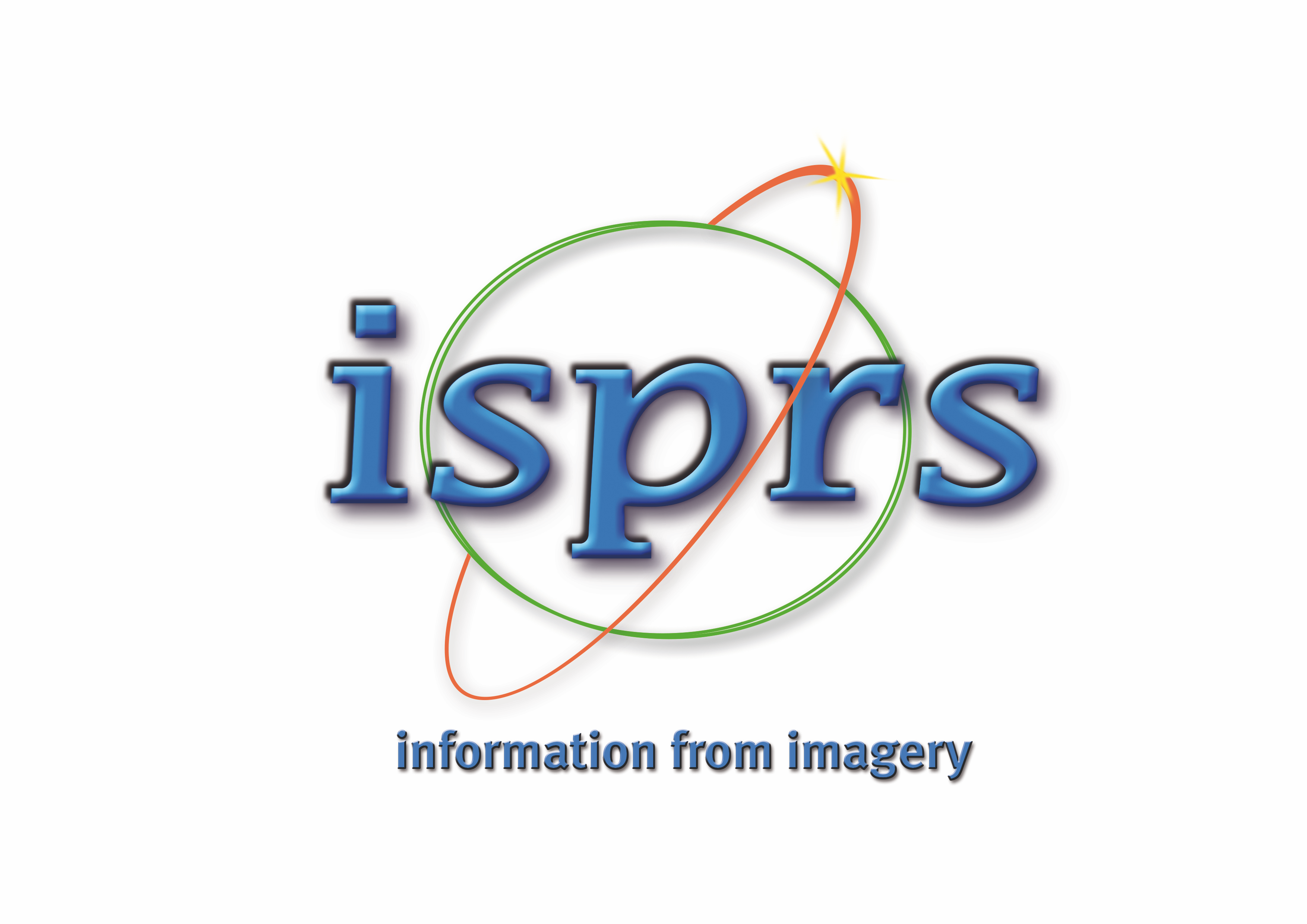Passive and Active Electro-Optical Sensors for Aerial & Space Imaging
The workshop will focus on new and improved methods, techniques, and applications of (electro-optical) sensors on airborne and spaceborn platforms.
Over the last half century there is a drastic development in air and space-borne platforms and active / passive electro-optical sensor. New optical sensors for observations of the Earth surface, oceans and the atmosphere provide a wide range of solutions for various applications. The aim is the acquisition of information about objects, structures, or phenomenon on the earth.
The huge amount of data, provided by these sensors, represents a new challenge regarding developments of processing, storage and evaluation techniques.
The aim of this workshop is to bring together engineers and scientists from academia, industry and government to exchange results and ideas for future applications of electro-optical remote sensing.
The workshop is part of the 7th Pacific-Rim Symposium on Image and Video Technology.

The workshop is supported by ISPRS and DGPF.


Topics
Topics include, but not limited, to:
- Systems and sensors on planes, helicopters, Remotely Piloted Aerial Systems, and spacecrafts
- Active and passive optical sensors: capabilities and technologies
- "Low cost" high-spatial and spectral resolution sensors
- Passive hyperspectral imaging for precision farming, and remote laser spectroscopy for identification material types and detect the presence of specific chemical species
- Data processing
- Applications: agriculture and forestry; security and monitoring surveillance; target tracking; environmental monitoring: natural disasters, fire, volcanic activity, earthquake; land use, land cover, change detection; 3D terrain and object reconstruction; atmospheric phenomena
- Automatic target detection, recognition, and identification
- Fusion of the data from multiple sensors having different resolutions, spectral ranges, perspectives and modes of operation allows enhance recognition and identification process
- Calibration accuracy and robustness, and advances of in-motion calibration.
Other important points for sensor and platform description are calibration standards, testing standards and image quality assurance procedures.
Goals/Motivation
Advances in the miniaturisation, performance and low cost sensors, has allowed researchers access to camera technology for wide-ranging applications.
Developments in sensor fusion and the proliferation of platforms offers researchers opportunities to extend the range of devices available. However, there is still a need to provide quality assurance of sensors, such as calibration, to minimise artefacts and bias in the data received and facilitate high-quality processing.
Discussion of why the topic is of particular interest
The proliferation of platforms, from remotely piloted aircraft systems (RPAS) to low-earth orbit systems, provide the opportunity to reach into areas of interest previously out of reach. But the effective exploitation of the sensor remains the key to maximising the potential capabilities. This topic will bring together researchers working in the field of sensor technologies and processing by a practical application of the technologies currently in the commercial setting.
To whom the workshop is of interest
We are looking for research and developers who are developing and integrating sensor technologies, as this workshop will be of interest to both developers of software to exploit the sensor array and to manufacturers of the devices which they will use. Additionally, research into the integration of sensor technology and sensor fusion to allow high-fidelity imagery products across the spectrum, and the exploitation of this, will be of interest in applied optics and general researchers.
Program
Andreas Brunn, BlackBridge - Recent Progress in In-Flight Radiometric Calibration and Validation of the RapidEye Constellation
Ruedi J. Wagner, Leica Geosystems - Developments in airborne / UAV sensors
Peter Reinartz, DLR - Recent developments in airborne real-time monitoring
Tom Segert, Berlin Space Technology - Kent-Ridge-1, a novel low cost platform for hyperspectral imaging
C. Paproth, T. Säuberlich, J. Wohlfeil, A. Börner, DLR - Low level data processing for TET-1 – challenges and pitfalls
H. Schwarzer, A. Eckardt, R. Reulke, DLR - Verification of a spectrometer breadboard for characterization of a future spaceborne sensor
Program Committee
Andreas Brunn, Black Bridge AG, Germany
Byron, Smiley, Skybox, USA
Andreas Eckardt, DLR, Berlin, Germany
Clive Fraser, University of Melbourne, Australia
Norbert Haala, University of Stuttgart, Germany
Heinz-Wilhelm Hübers, DLR, Berlin, Germany
Uwe Knauer, Fraunhofer IFF, Germany
Stephan Nebiker, FHNW Muttenz, Switzerland
Peter Reinartz, DLR, Oberpfaffenhofen, Germany
Tom Segert, Berslin Space Technology, Berlin, Germany
Mark R. Shortis, RMIT Melbourne, Australia